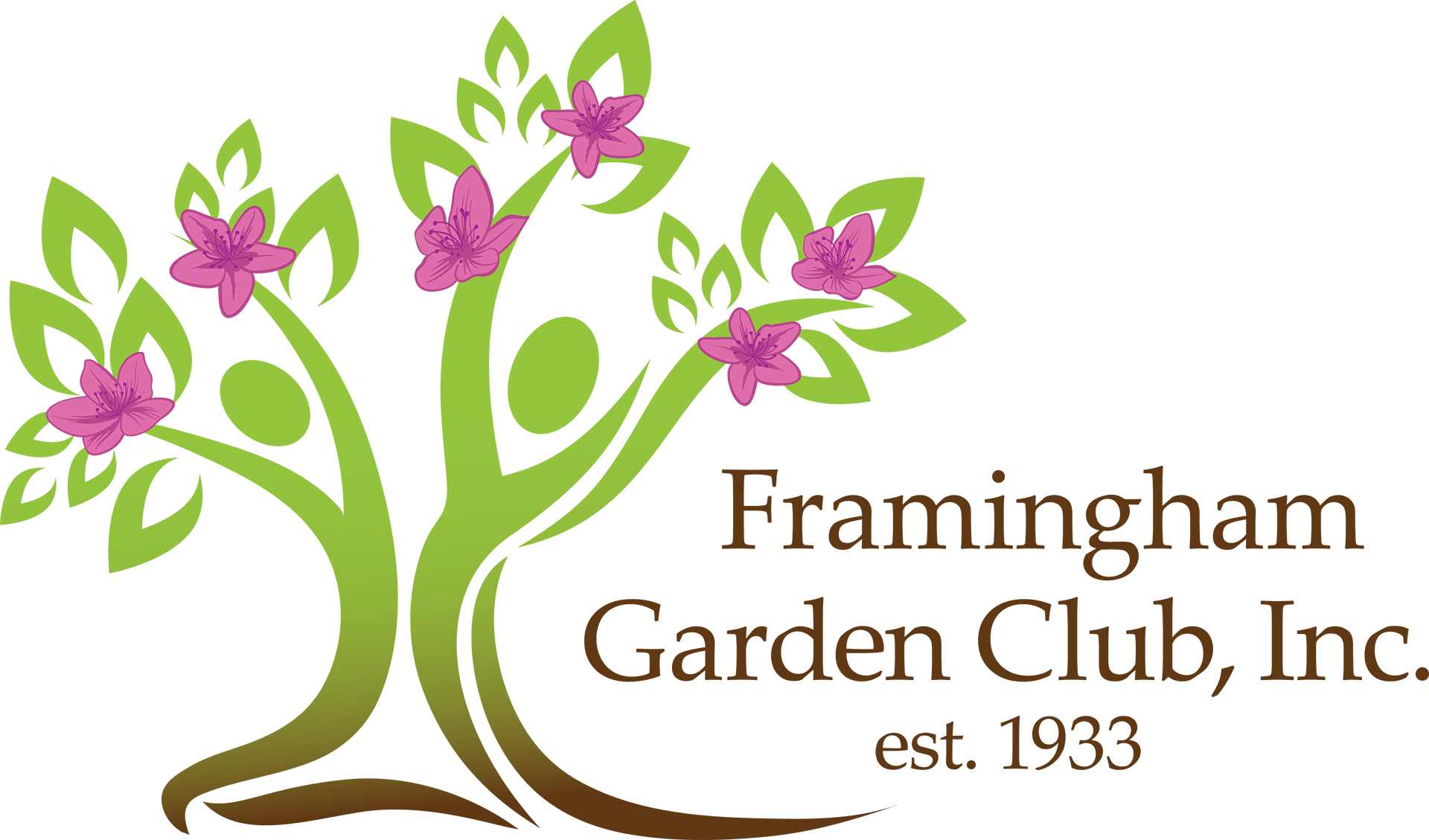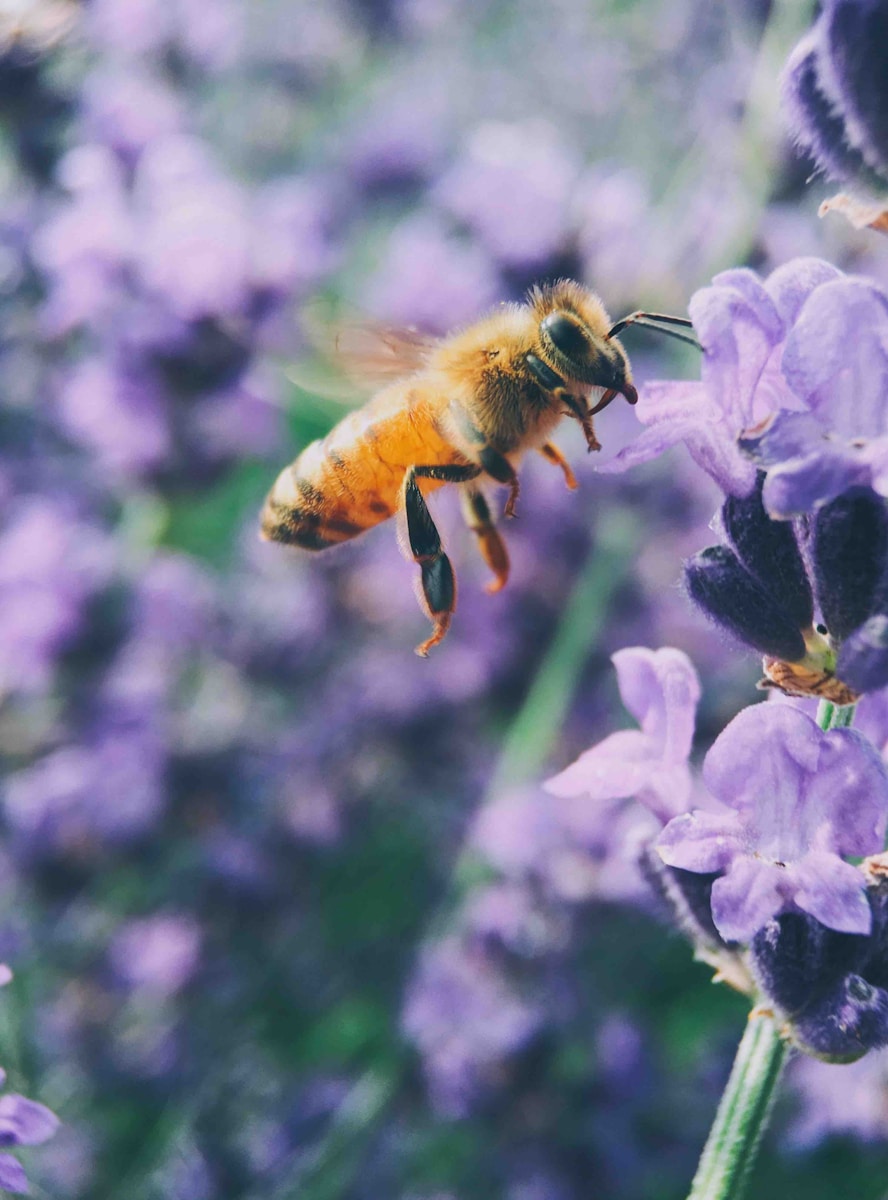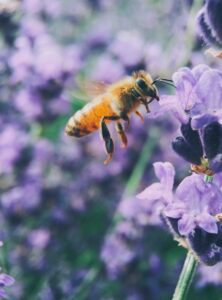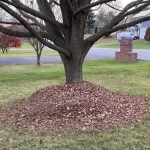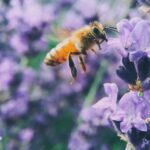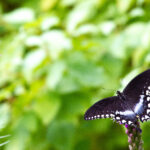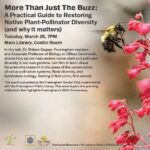How can we best support the beautiful pollinators that call our community home?
You might have heard about the “No Mow May” movement, encouraging us to put away our mowers for the entire month. And while we wholeheartedly admire the intention behind it – wanting to give our buzzing friends a boost – we’ve been digging into the latest information, and we wanted to share a perspective that’s rooted right here in Framingham.
Let’s Talk No Mow May!
The idea of No Mow May is certainly appealing: a simple way to help bees and butterflies by letting our lawns grow wild. At the Framingham Garden Club, we are always looking for ways to nurture our local ecosystem. However, we want to share some insights that might help us all make the most informed choices for our yards and our pollinators.
The Science Behind It: What’s the Latest Buzz?
That initial research that got the No Mow May ball rolling? Well, science is a journey of constant discovery! Recent findings have led researchers to re-evaluate those early conclusions. It turns out the picture might be a bit more complex than initially thought. As a community that values facts and effective action, we want to make sure our efforts are based on the most up-to-date understanding.
Our Local Landscape: It’s Often Dandelions We See
If we see an unmown lawn in Framingham in May, let’s be honest, we probably see a carpet of bright yellow dandelions. While these early bloomers do offer a little bit of food for pollinators, our native bees and butterflies have evolved to thrive on a much wider variety of native plants. Think of it like offering someone only one type of food – it’s better than nothing, but it’s not the most nourishing diet! We want to offer our local pollinators a diverse and delicious menu of plants they truly need.
Stop by our booth at Framingham’s Earth Day this Saturday, May 3rd to learn more from us.
Click here for details.
Our Lawns Matter Too: Avoiding Unnecessary Stress
Letting our Framingham lawns grow super long in May and then giving them a drastic haircut can actually be quite tough on the grass. It removes a lot of its energy reserves when it’s trying to grow, potentially weakening it and making it more vulnerable to weeds.
A More Thoughtful Approach
So, instead of completely putting away our mowers for the entire month, maybe we can explore some more tailored and effective ways to support our pollinators:
- Mow Mindfully: Consider reducing how often you mow in May. Giving your lawn a little more breathing room can still be beneficial without the challenges of a completely unmown yard.
- Raise Your Blade: Setting your mower blade higher encourages stronger grass roots and can allow some low-growing, pollinator-friendly flowers to bloom.
- Create Mini-Meadows: Think about dedicating a small section of your yard to grow a bit wilder with native wildflowers. This creates a dedicated pollinator haven while keeping the rest of your yard more manageable.
- Plant Natives Powerfully: This is where we can all make a real difference in Framingham! Let’s focus on planting a diverse array of native plants in our gardens and even incorporating them into our lawn areas where possible. These plants provide the specific food and habitat our local pollinators truly need.
Click here to leverage resources from Dr. Robert Gegear, Framingham resident and associate professor of Biology at UMass Dartmouth to help you identify native plants that offer a nourishing diet for our pollinators.
The Framingham Garden Club believes in working together as a community to create beautiful and ecologically healthy spaces. By staying informed and choosing practices that truly benefit our local pollinators and the health of our Framingham landscapes, we can make a real difference, one native plant and thoughtful mowing decision at a time
